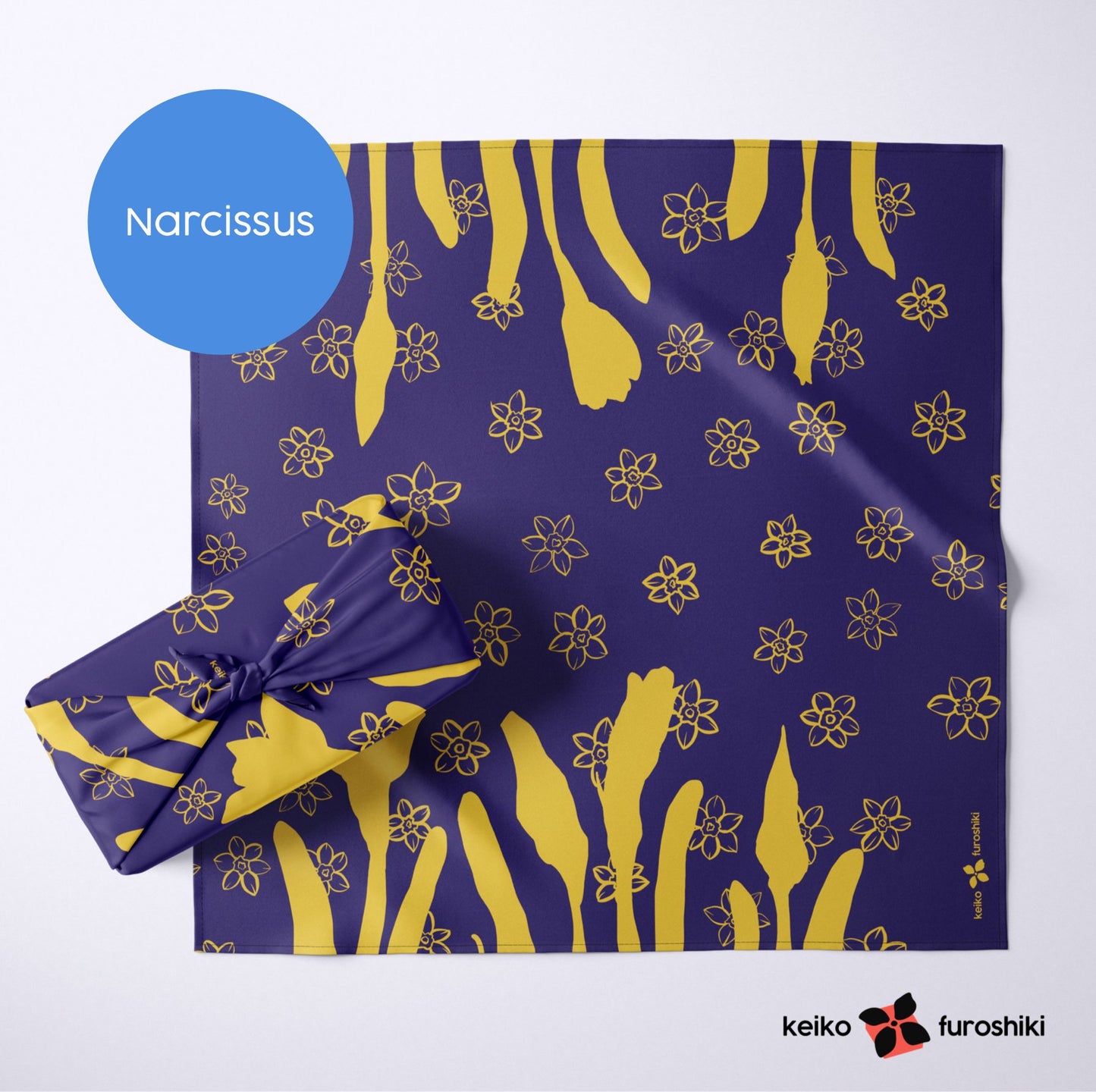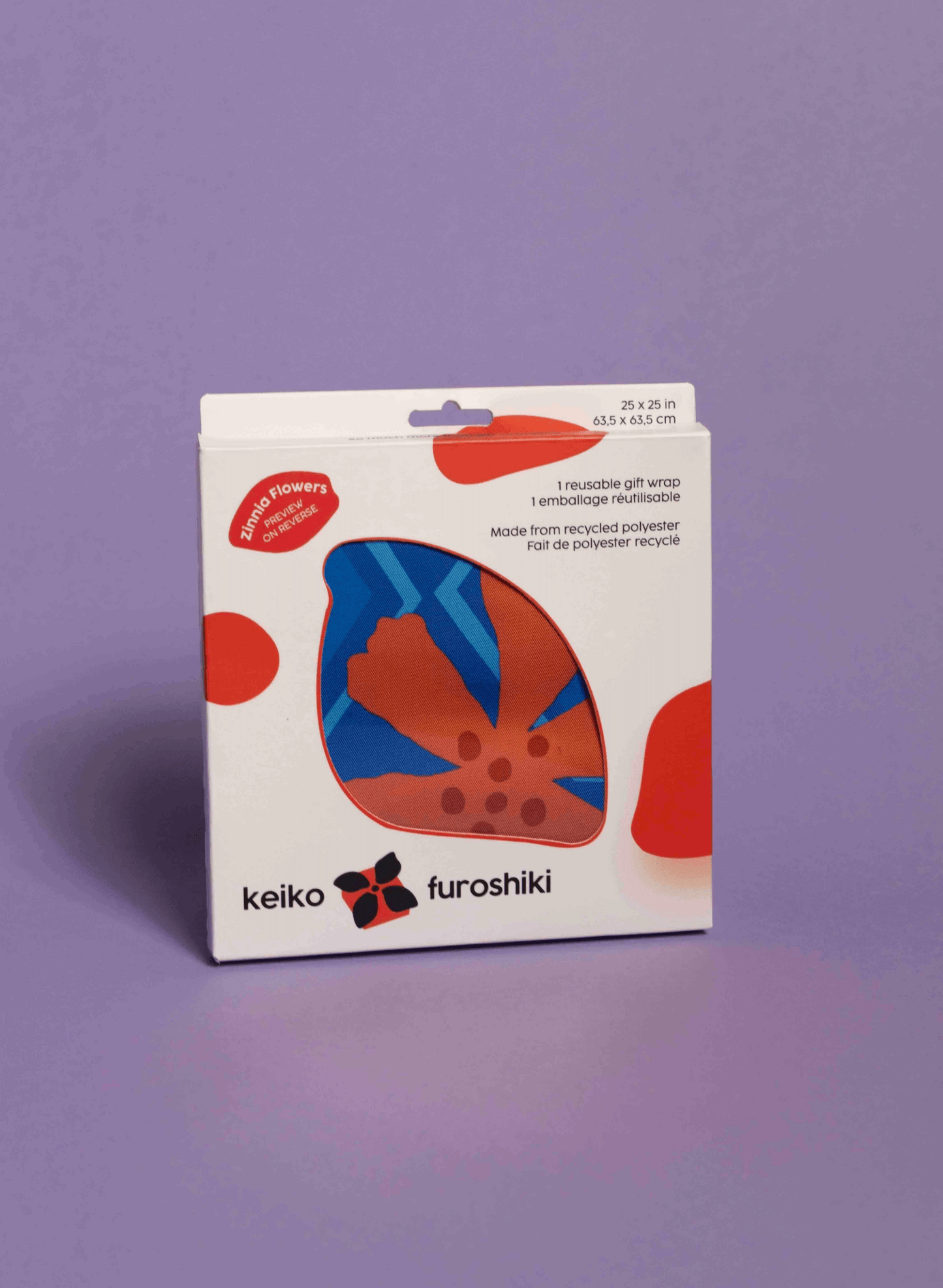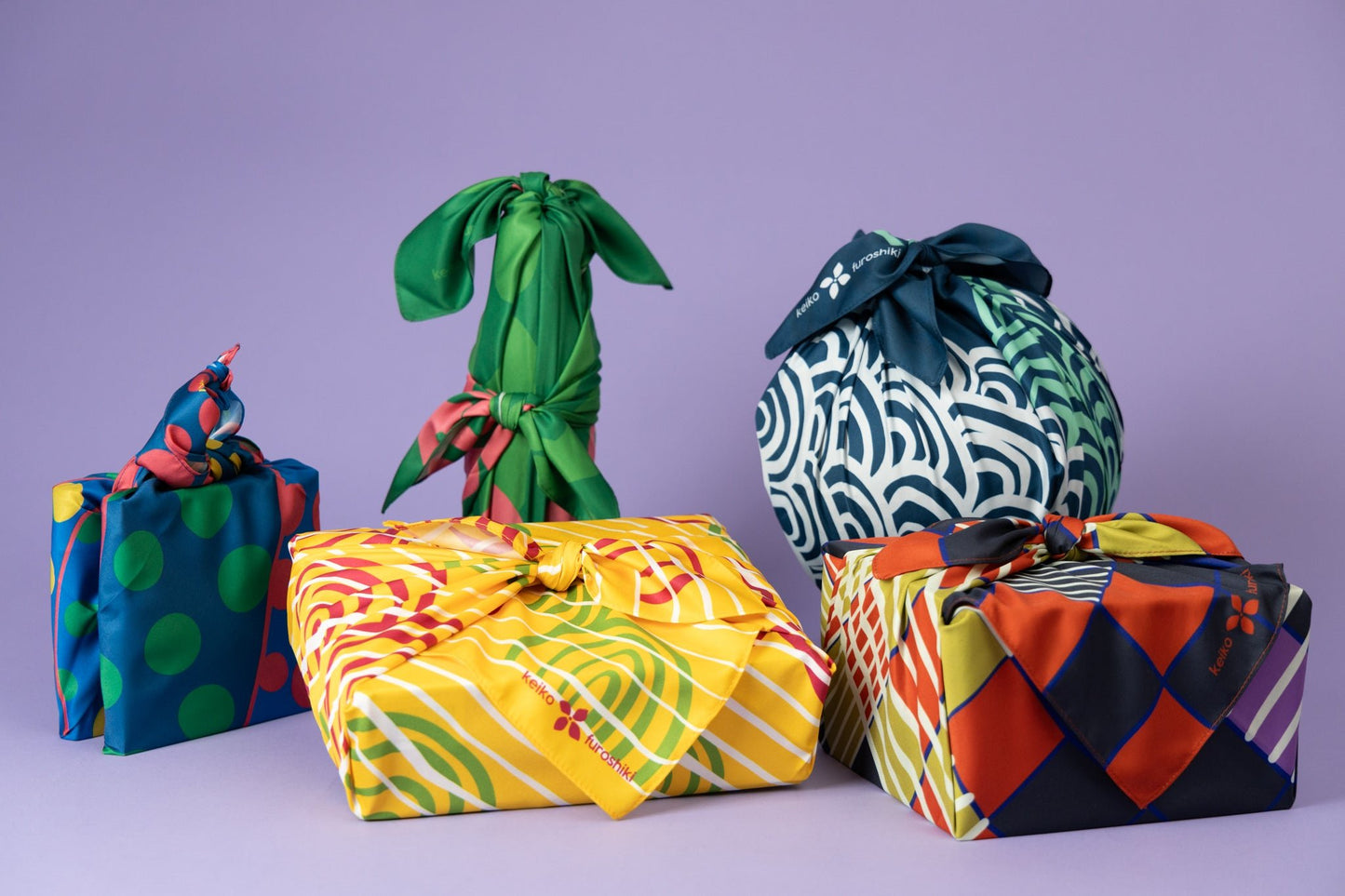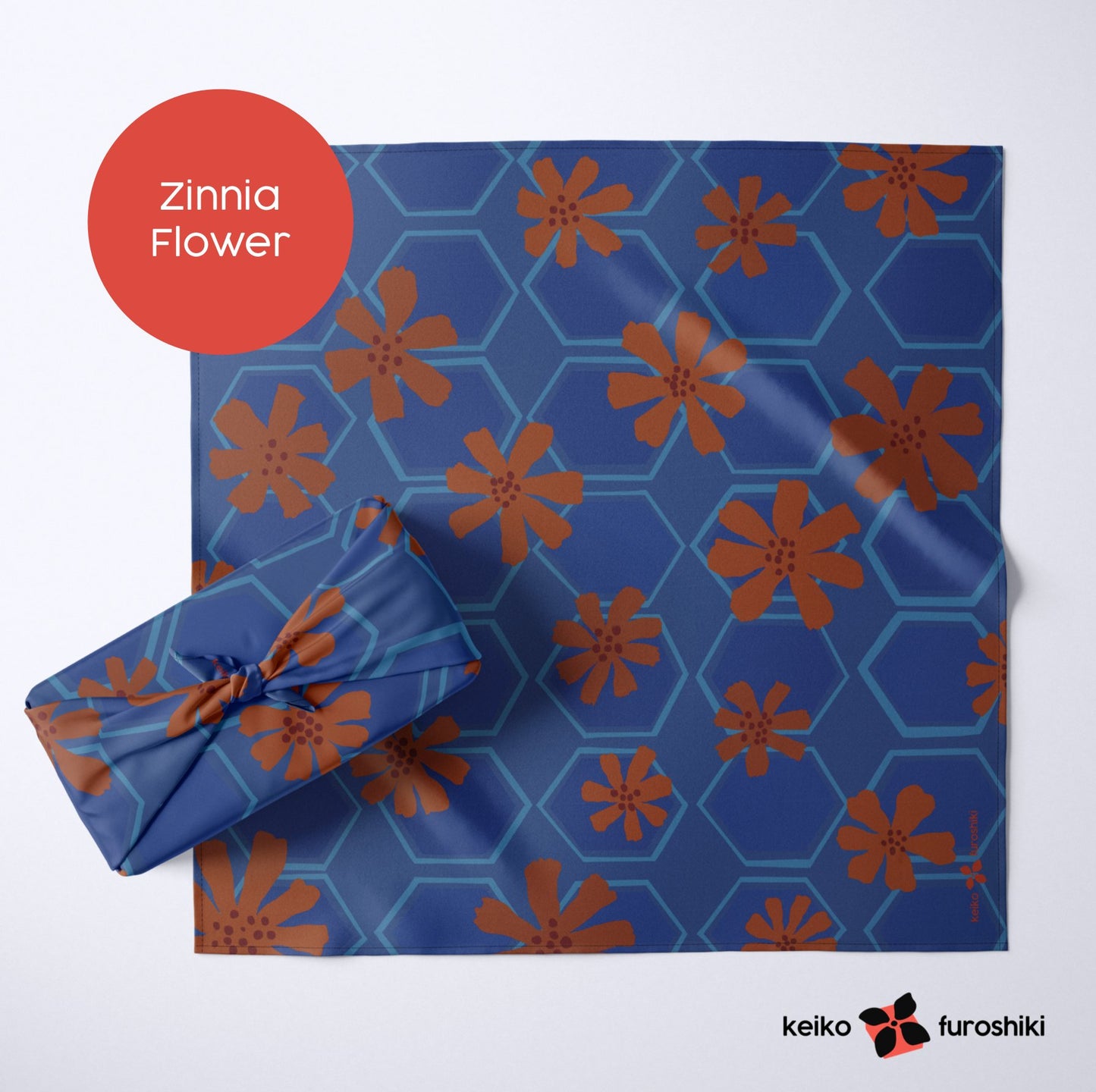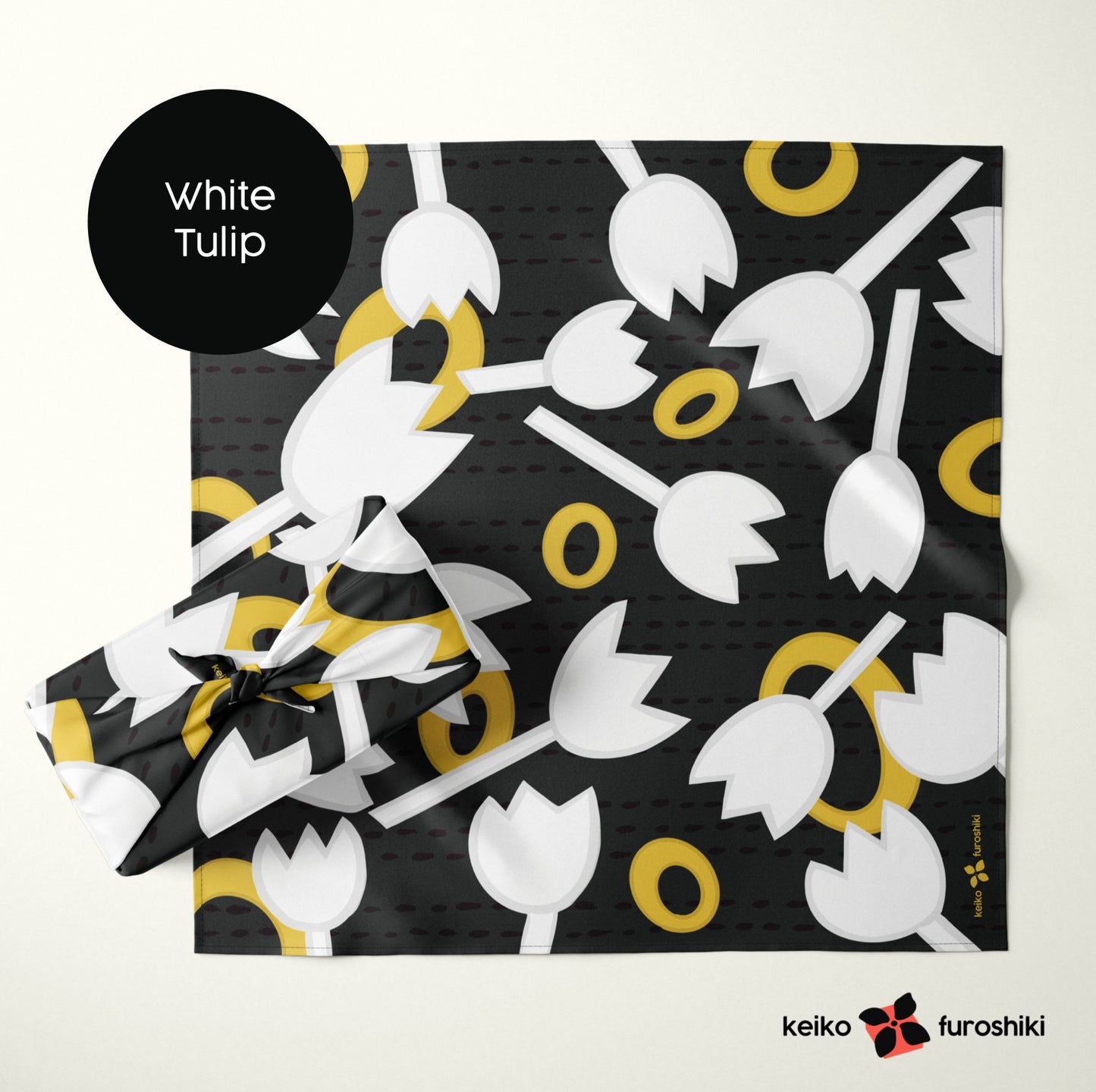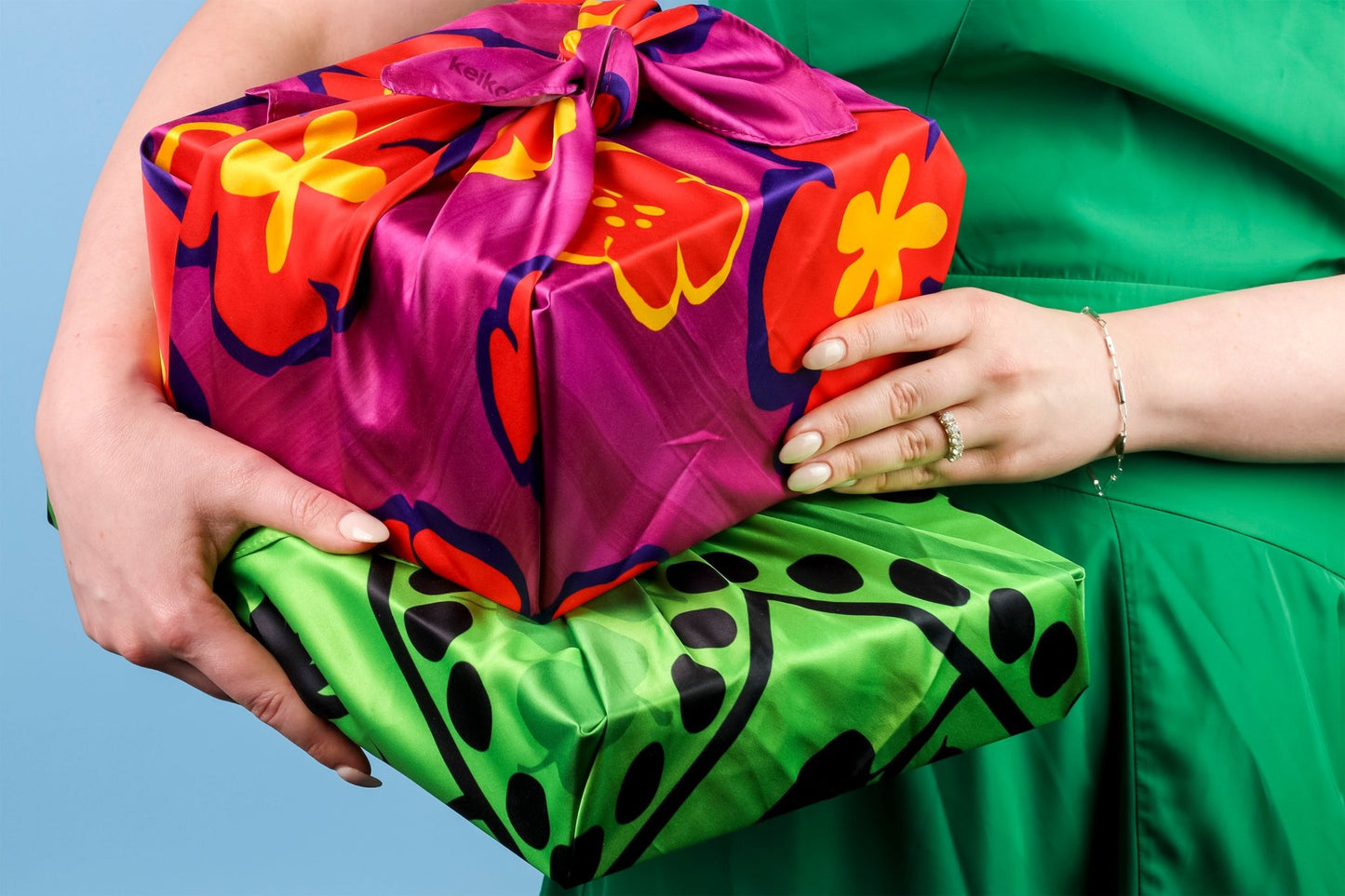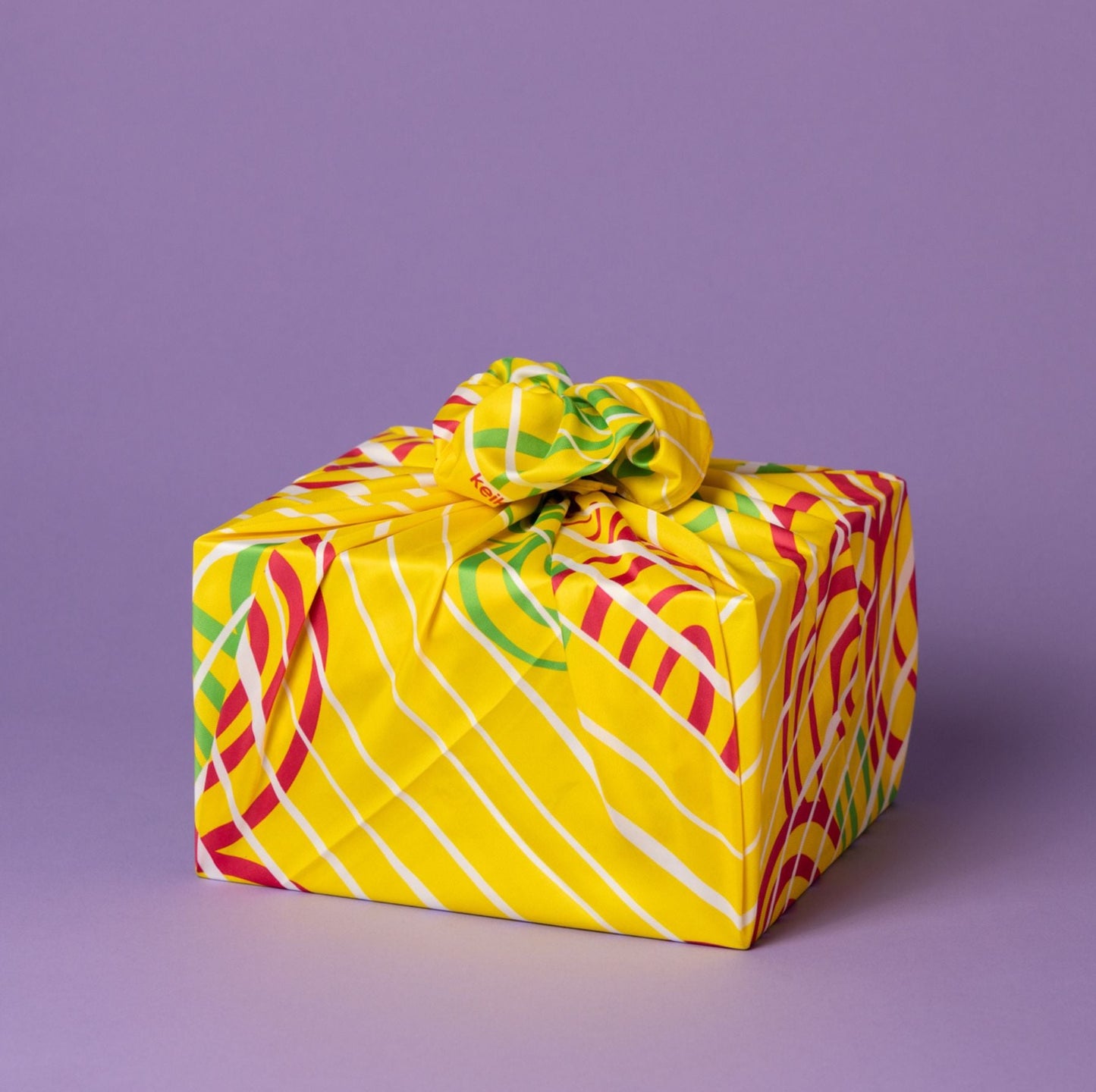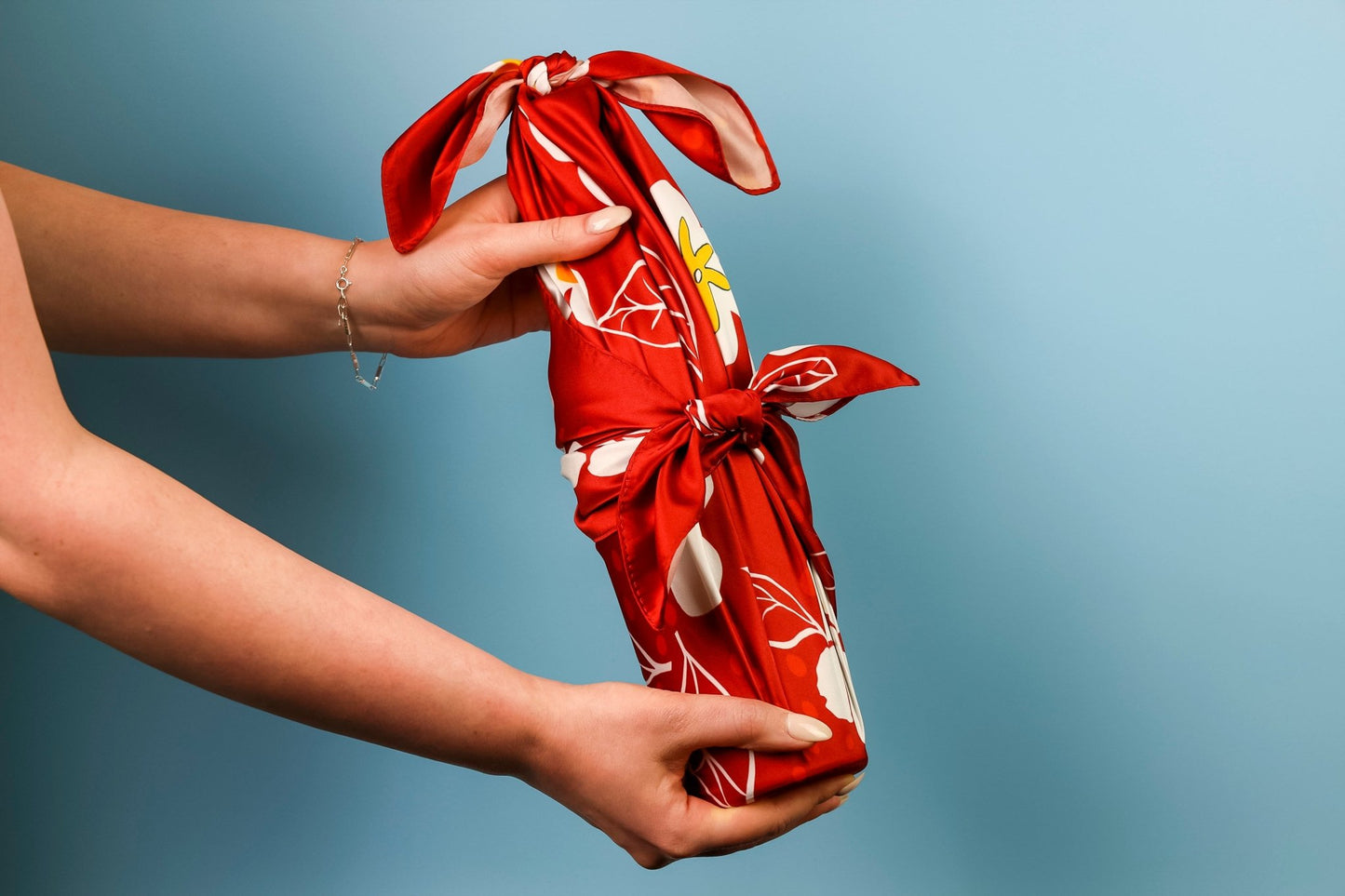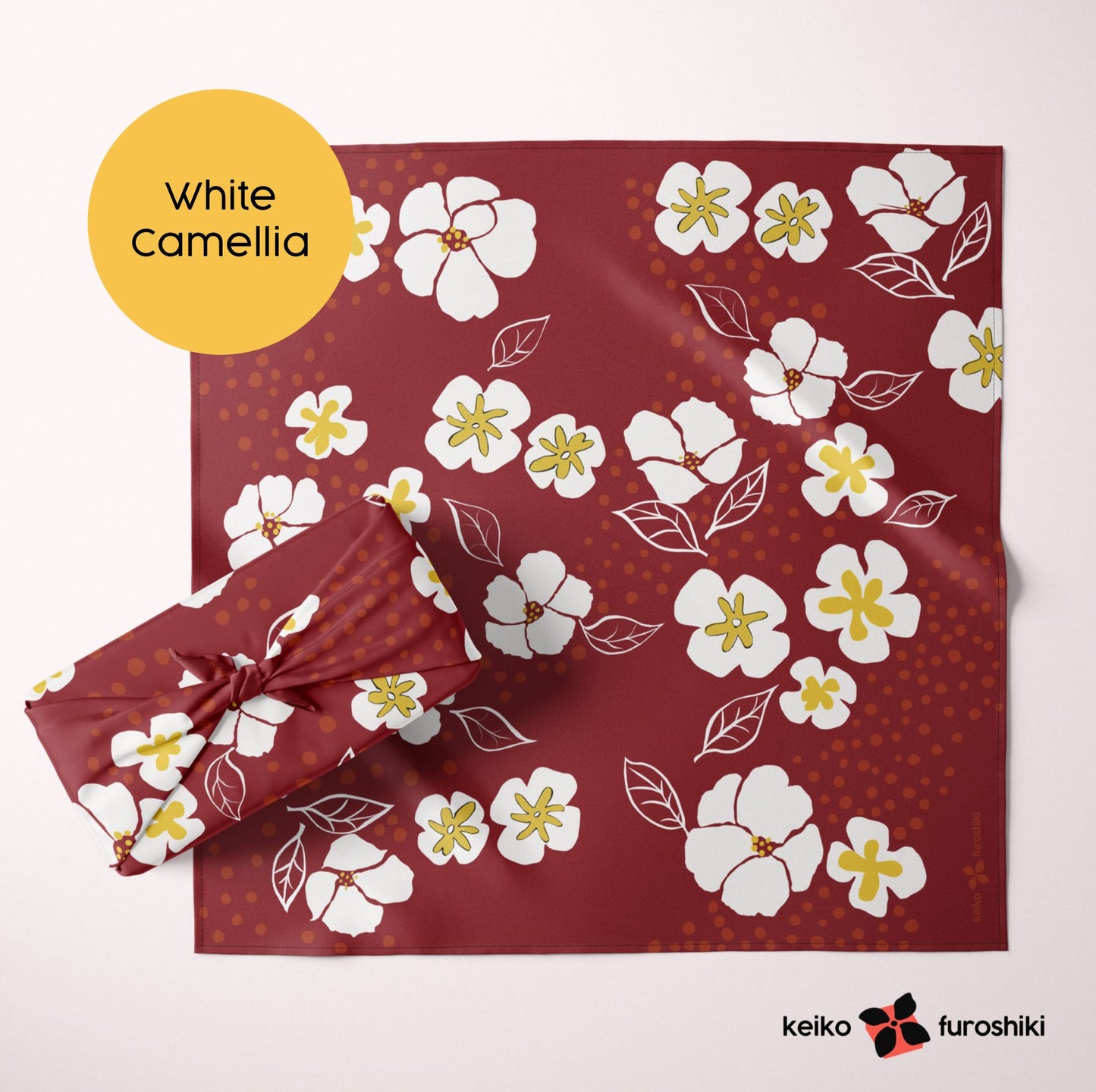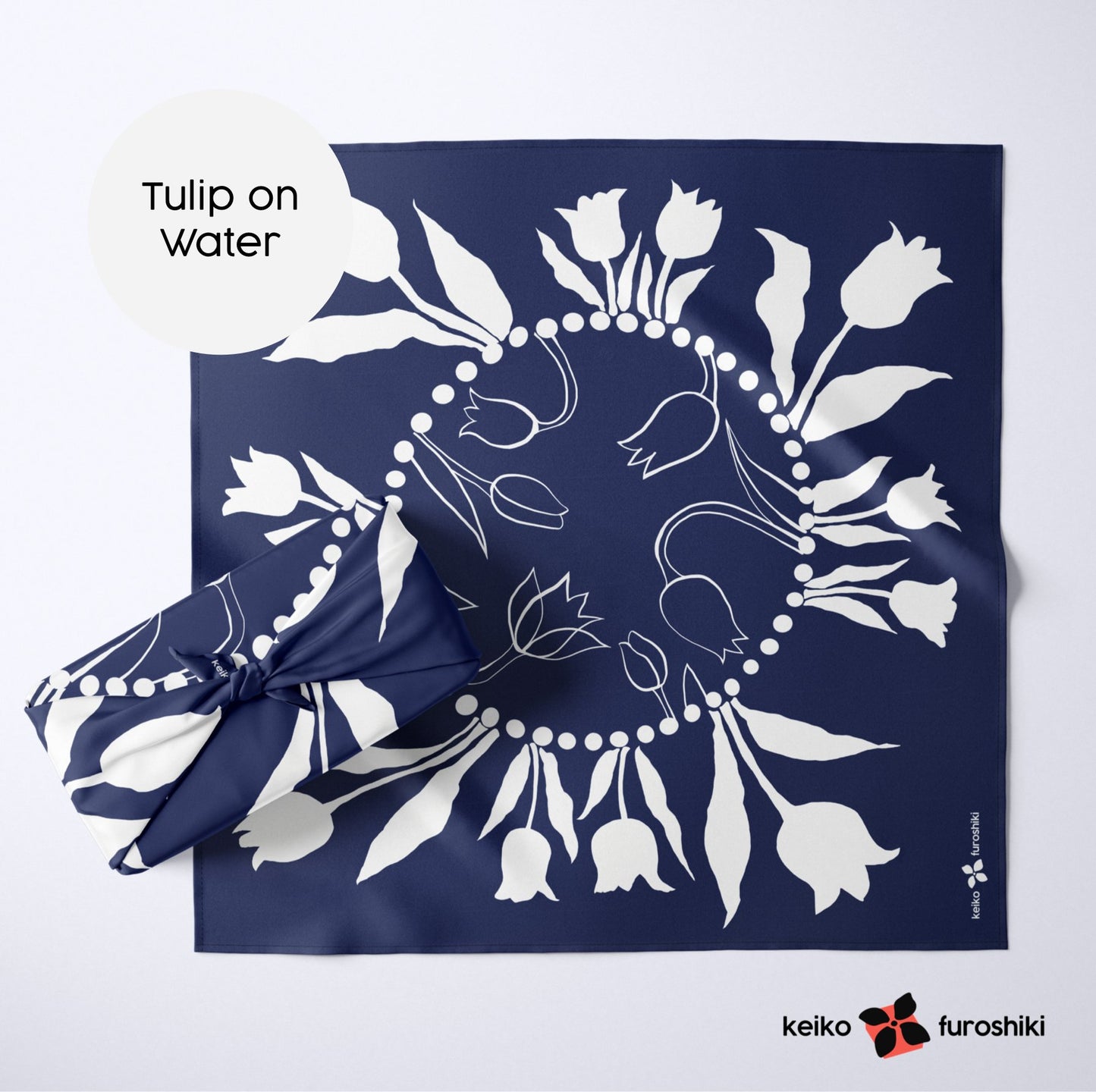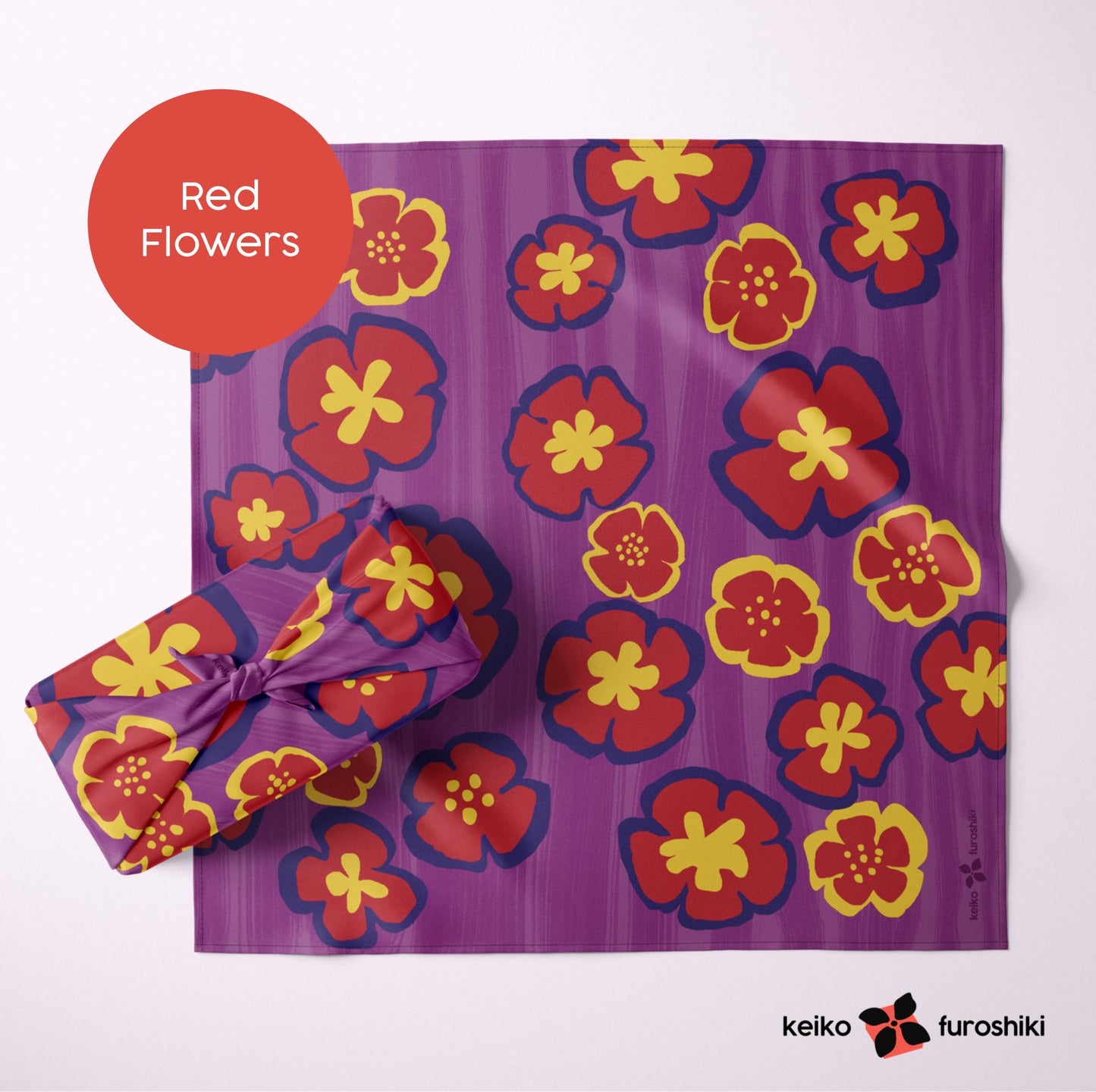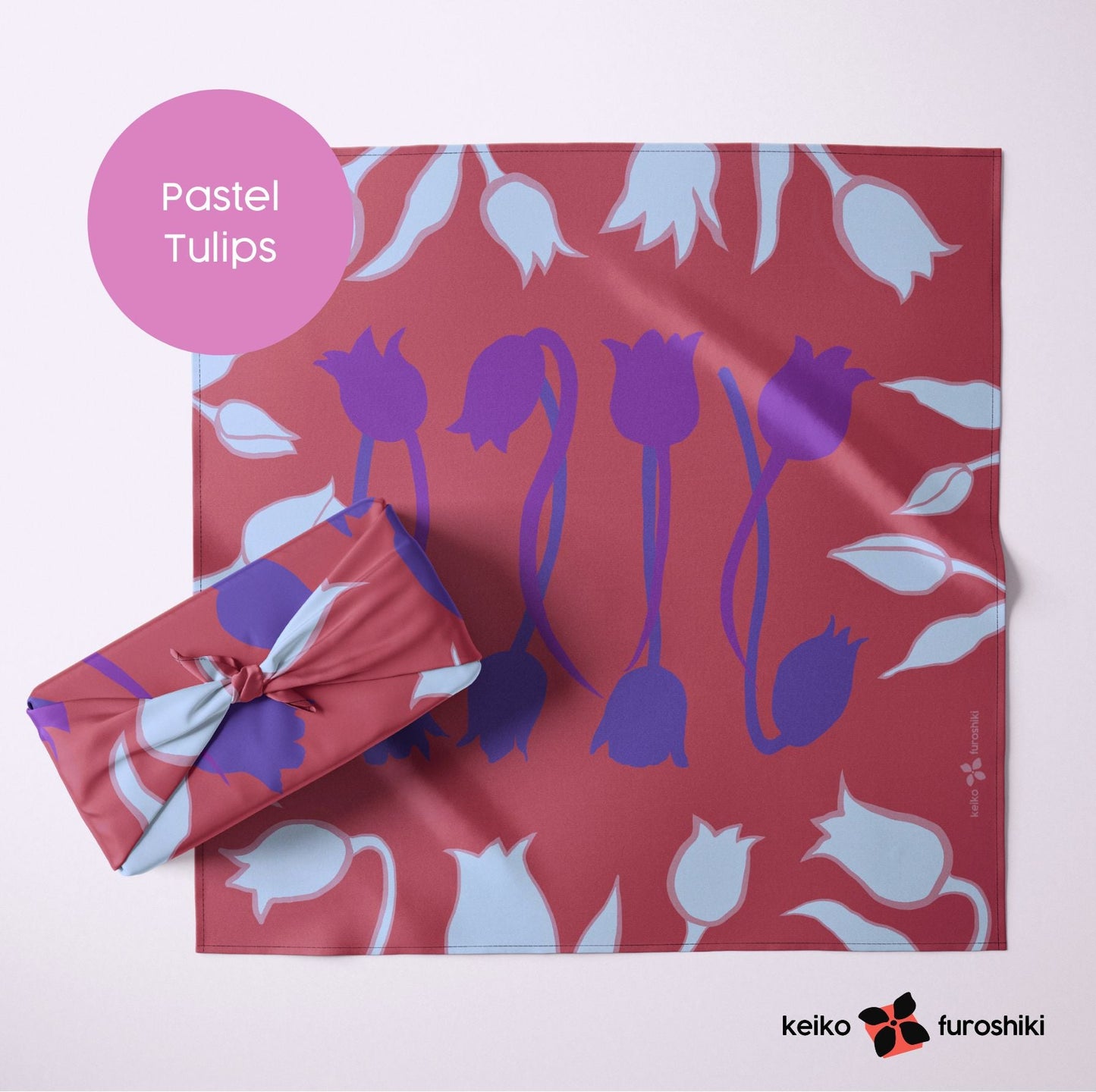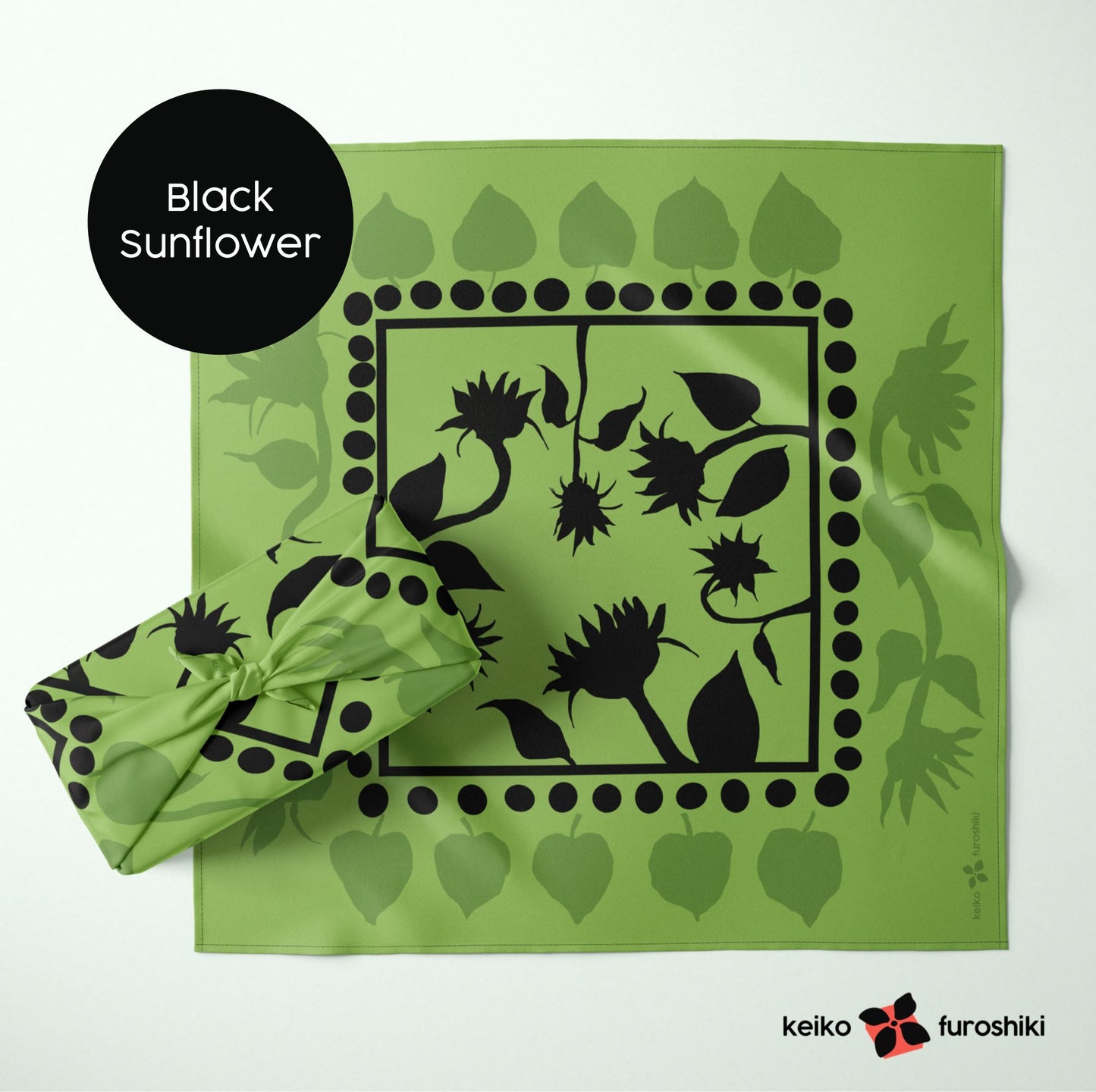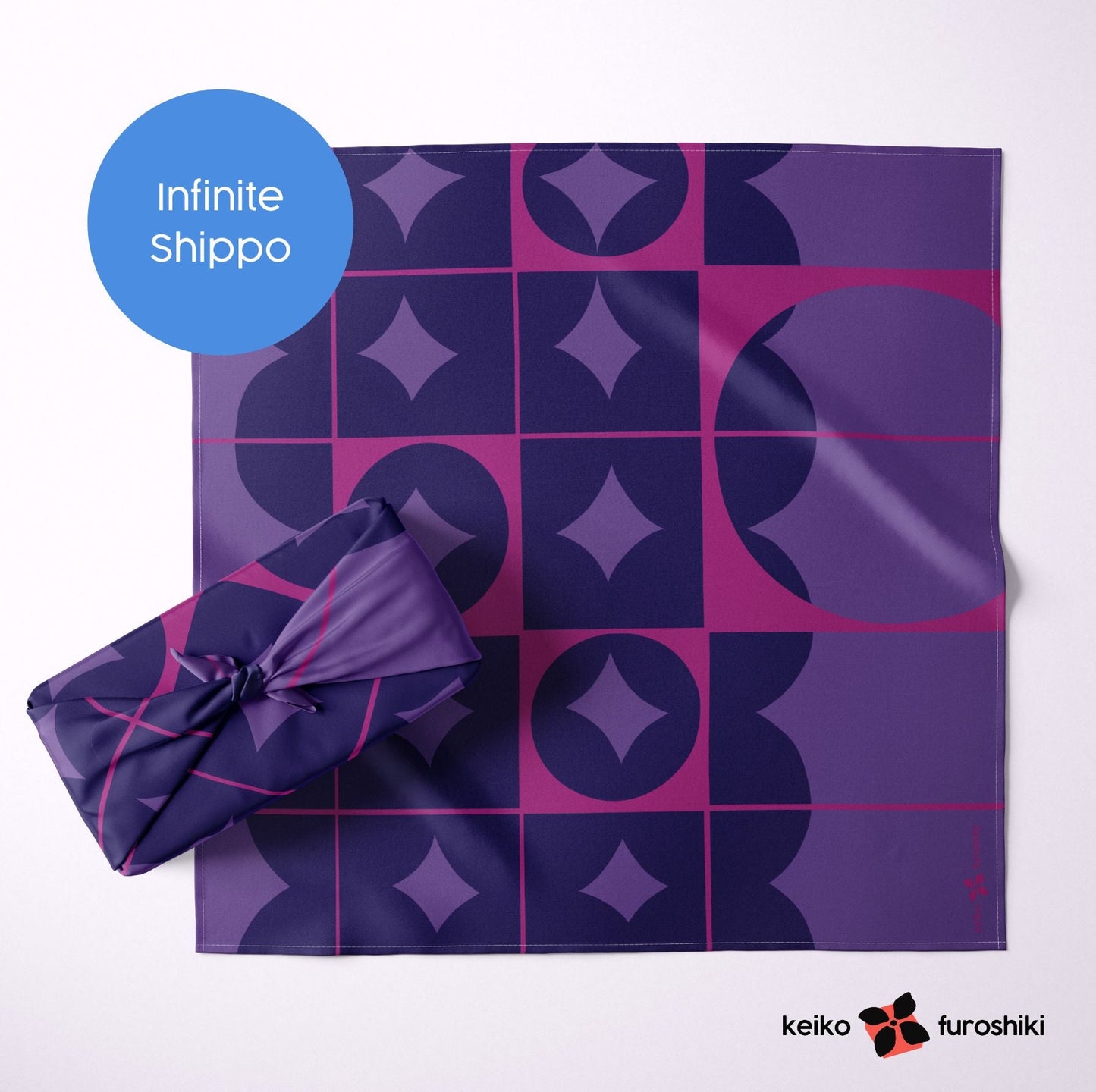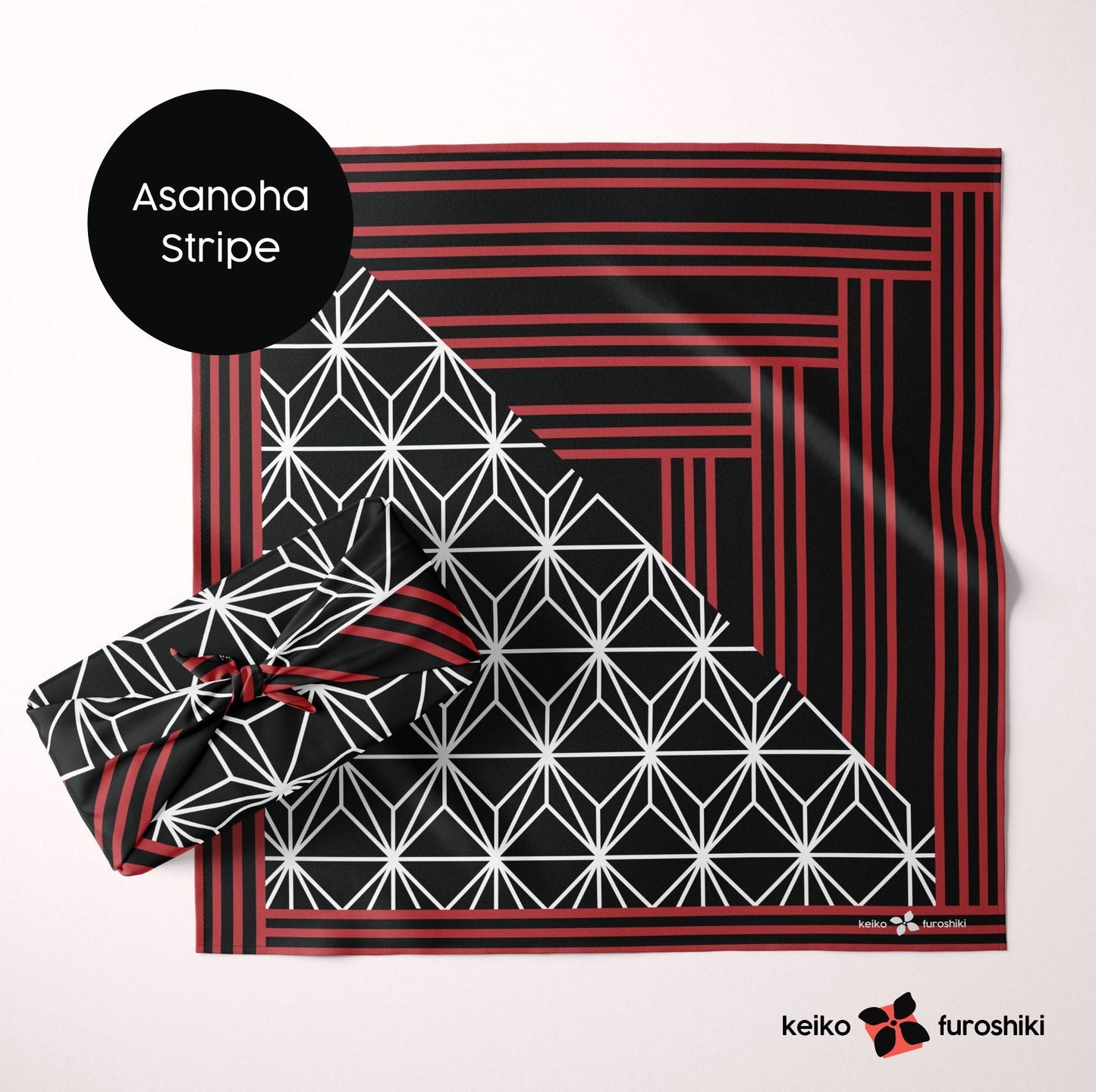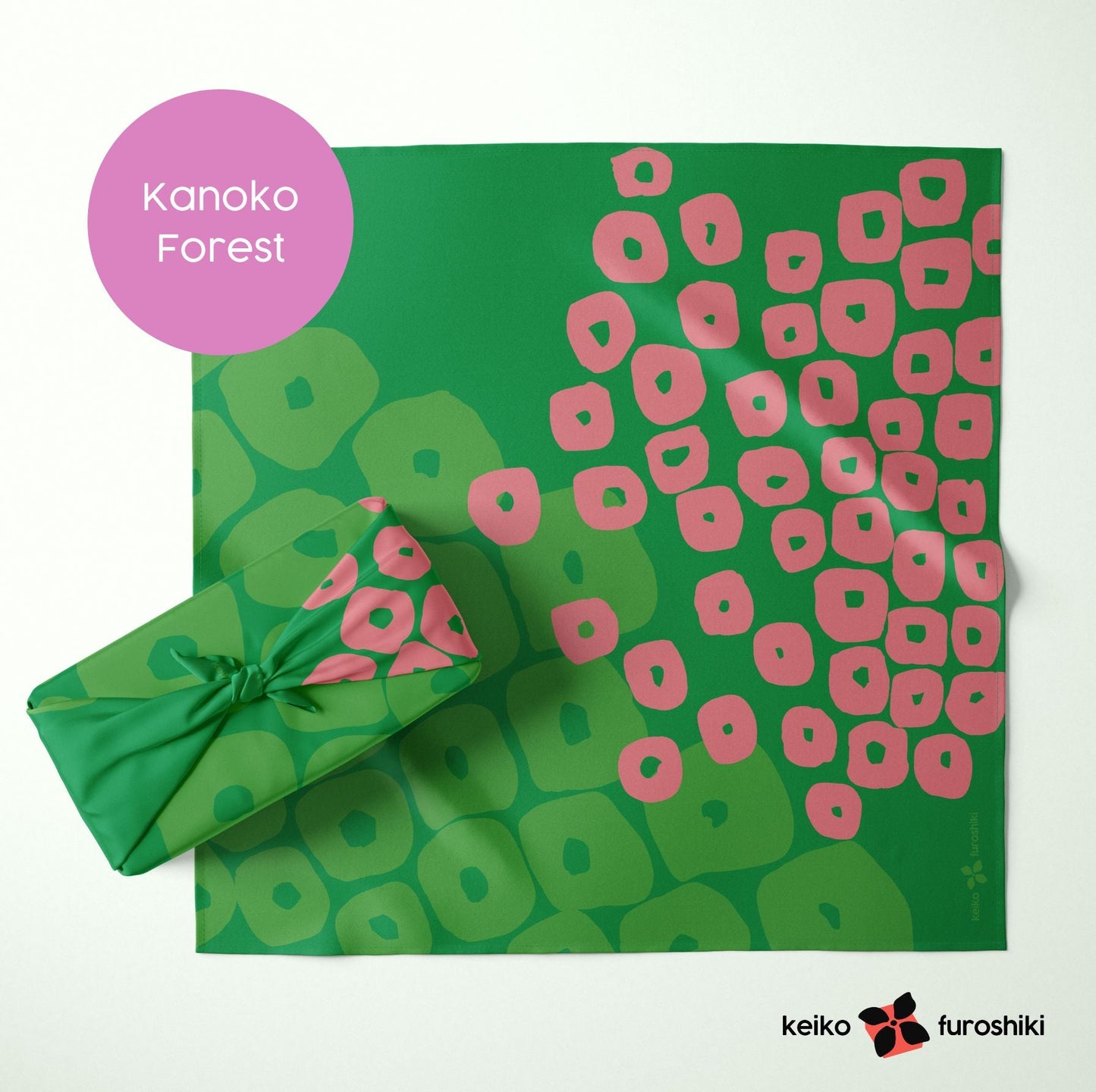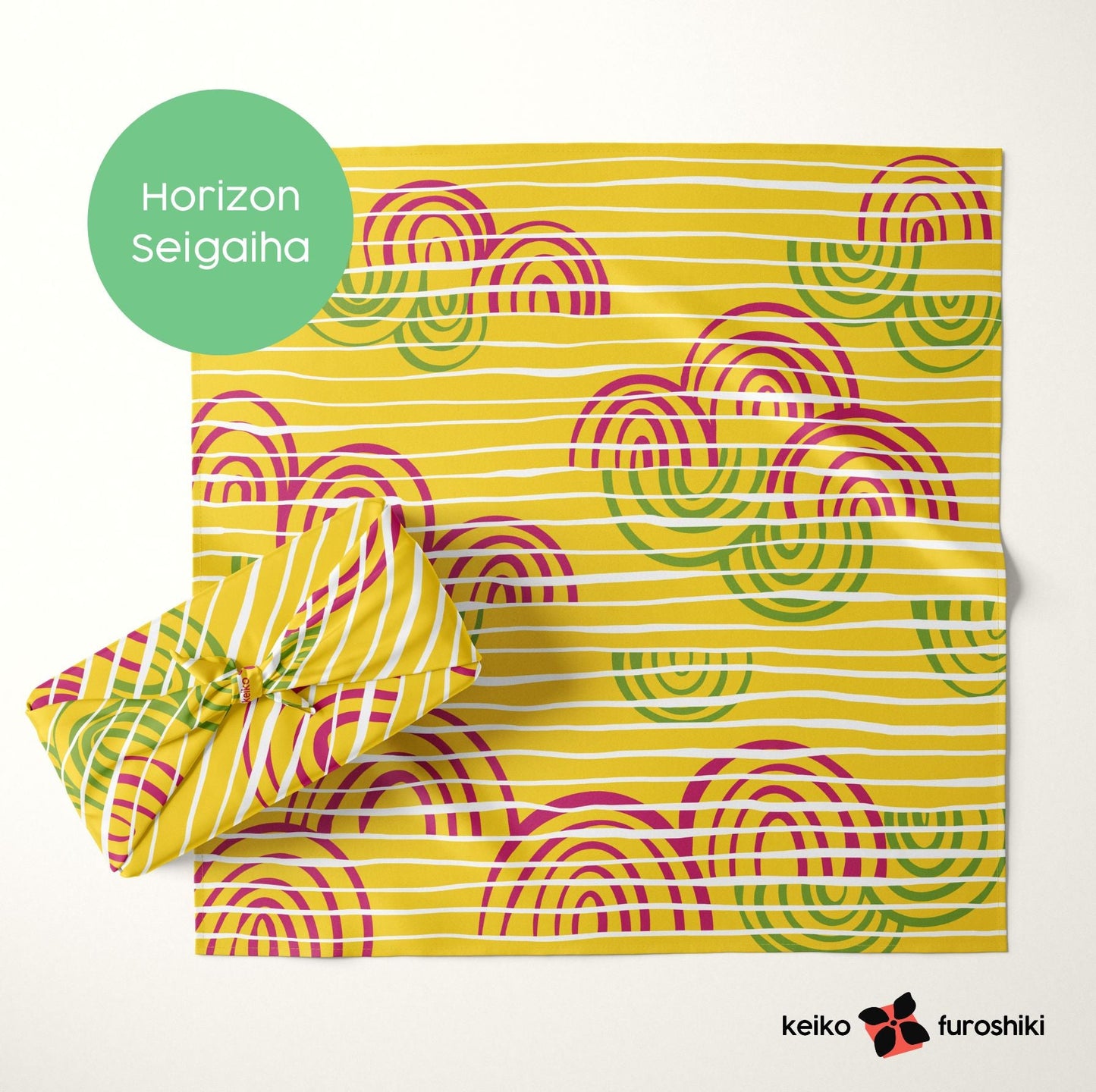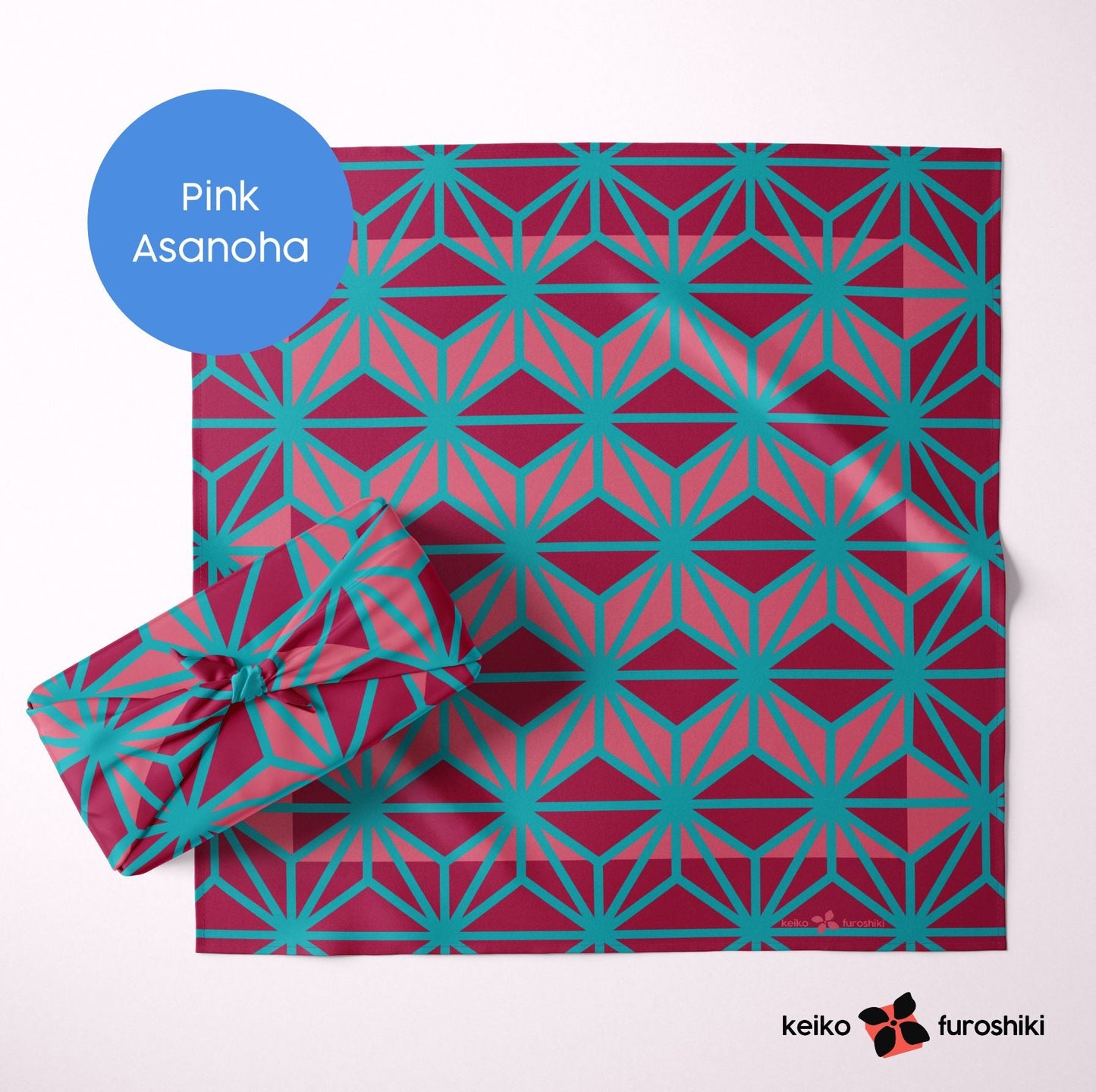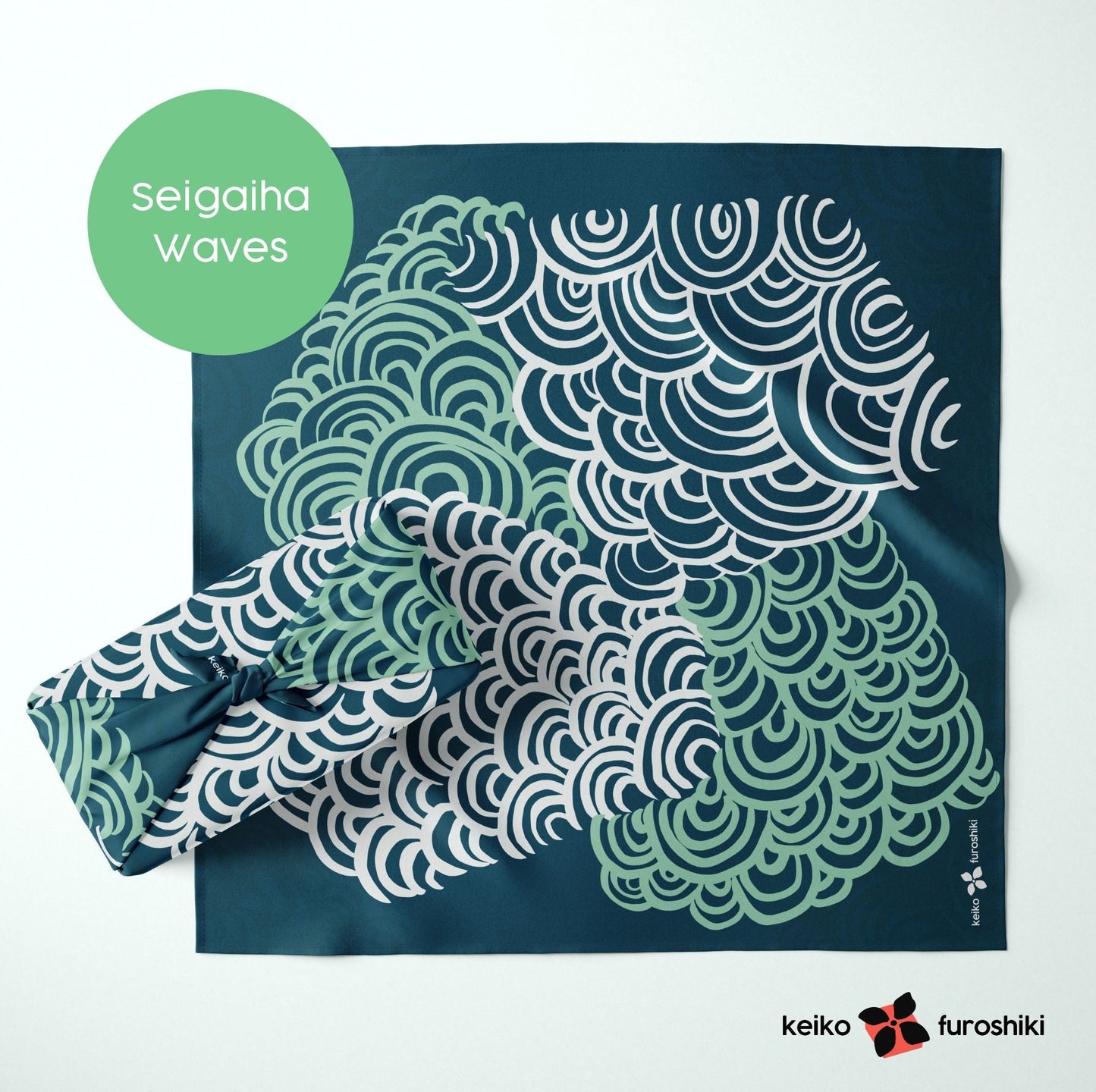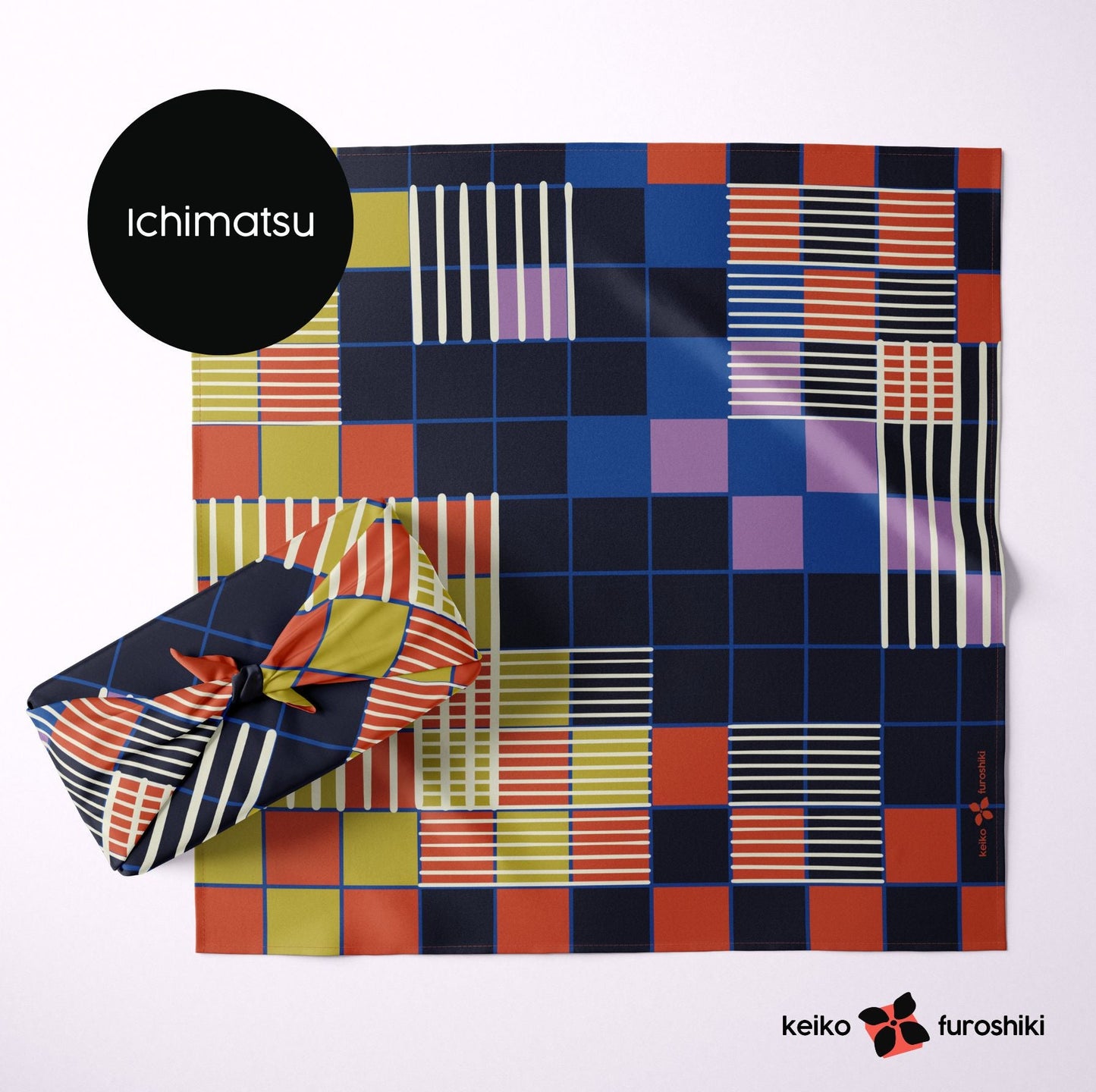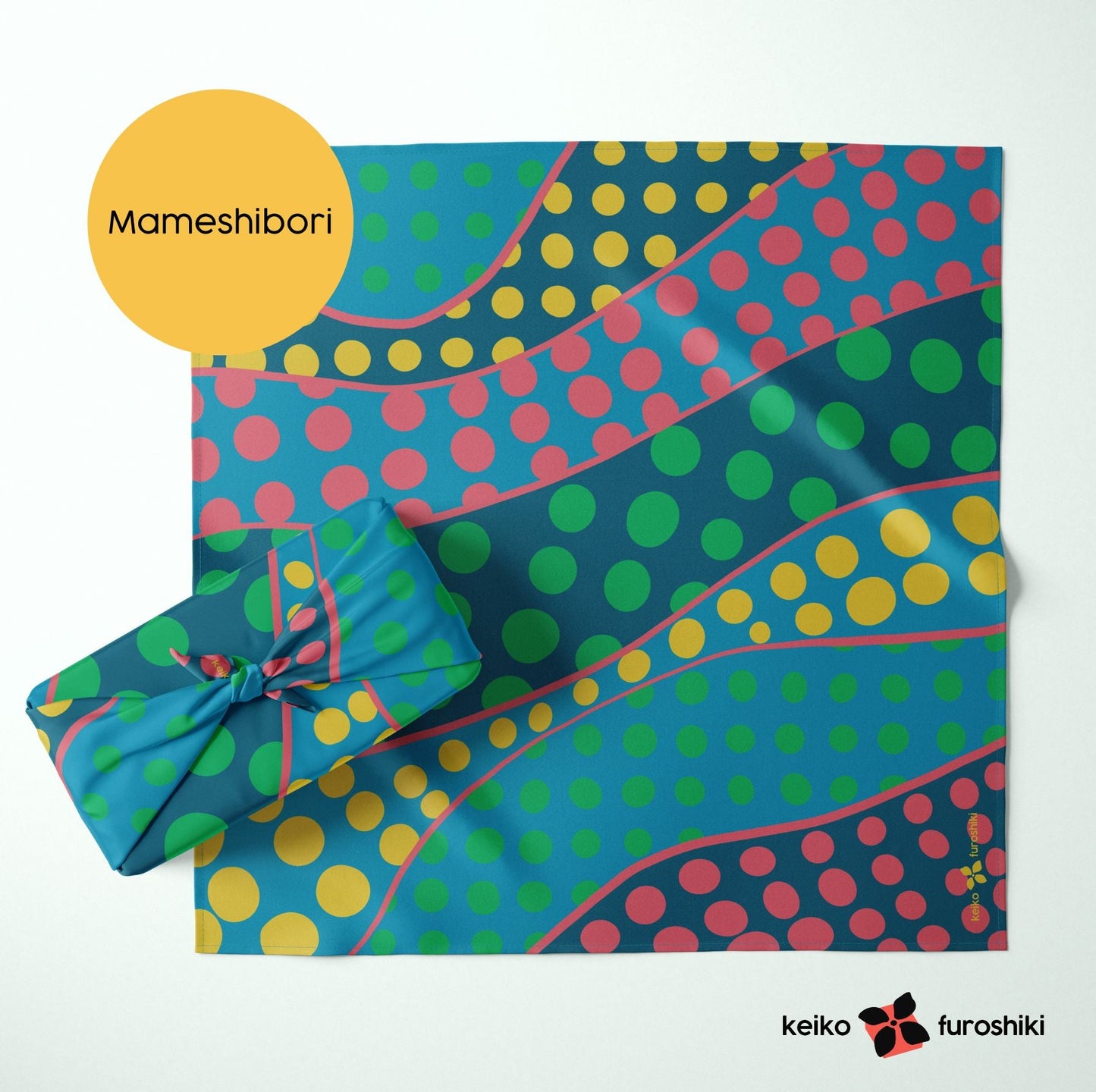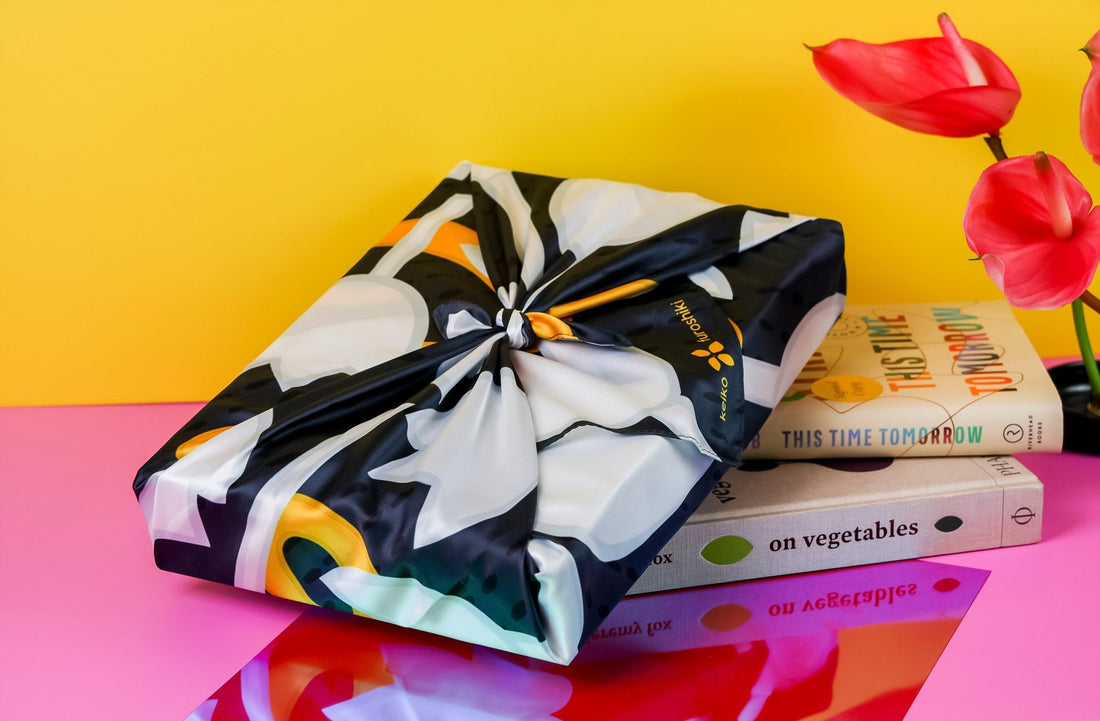
Furoshiki vs Tenugui: What's the Difference?
In the world of traditional Japanese textiles, furoshiki and tenugui are two closely related yet distinct fabrics with unique purposes and characteristics. While they both share a rich history and versatile usage, it's essential to understand the key differences between them. In this blog post, we'll delve into the fascinating world of furoshiki and tenugui to help you grasp their individual characteristics.

Furoshiki: The Art of Wrapping
Furoshiki is a traditional Japanese square-shaped cloth that has been used for centuries as a versatile tool for wrapping and carrying various items. The term "furoshiki" itself translates to "bath spread," as these cloths were originally used to carry clothing to and from public baths. Over time, furoshiki evolved into a multi-functional fabric, making it a symbol of eco-friendliness and sustainability.
Key Characteristics of Furoshiki:
1. Square Shape: Furoshiki is typically square, which makes it ideal for wrapping and carrying a wide range of items. The size can vary, but it's often between 50cm to 120cm on each side.
2. Wrapping and Knotting: Furoshiki is designed for the art of wrapping and knotting. It can be used to create beautiful and secure bundles for gifts, groceries, or personal belongings.
3. Versatile Usage: Furoshiki can be used to wrap gifts, create bags, carry books, and even serve as a tablecloth or scarf. Its versatility knows no bounds.
4. Eco-Friendly: Furoshiki is celebrated for its eco-friendly nature. It reduces waste by eliminating the need for disposable wrapping paper and plastic bags.
5. Traditional and Decorative: Many furoshiki cloths feature intricate and decorative designs, making them a beautiful addition to any gift or household item.
Tenugui: The Everyday Hand Towel
Tenugui, on the other hand, is a thin, rectangular cotton cloth, primarily used as a hand towel in everyday life. The term "tenugui" translates to "hand wipe," emphasizing its function as a versatile towel.

Key Characteristics of Tenugui:
1. Rectangular Shape: Unlike furoshiki, tenugui is typically rectangular in shape, measuring approximately 35cm by 90cm. Its elongated design makes it perfect for draping around the neck or using as a headband.
2. Light and Absorbent: Tenugui is made from lightweight cotton, which is highly absorbent. It's perfect for wiping hands, faces, or even as a sweatband during physical activities.
3. Multipurpose: While primarily a hand towel, tenugui can serve a variety of purposes. It can be used as a scarf, headband, gift wrapping, or even as a decorative hanging.
4. Dyeing Techniques: Tenugui is often decorated with vibrant and artistic dyeing techniques. Some tenugui feature seasonal motifs, making them popular as souvenirs and collectibles.
Distinguishing Furoshiki from Tenugui
1. Shape: The most apparent difference is the shape. Furoshiki is square, while tenugui is rectangular.2. Function: Furoshiki is primarily used for wrapping and carrying items, while tenugui is designed as a hand towel but has versatile applications.
3. Thickness: Furoshiki tends to be thicker and sturdier, while tenugui is lightweight and absorbent.
4. Design and Decoration: Both fabrics can feature decorative designs, but Tenugui often includes artistic motifs or seasonal patterns.
In summary, furoshiki and tenugui are both beloved Japanese textiles with distinct purposes and characteristics. Furoshiki excels at the art of wrapping and is a symbol of eco-friendliness, while tenugui is a practical hand towel with a wide range of uses. Understanding these differences allows you to appreciate and make the most of these traditional Japanese textiles in your daily life and gift-giving traditions.


